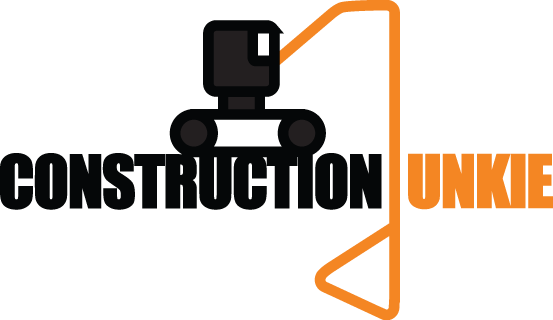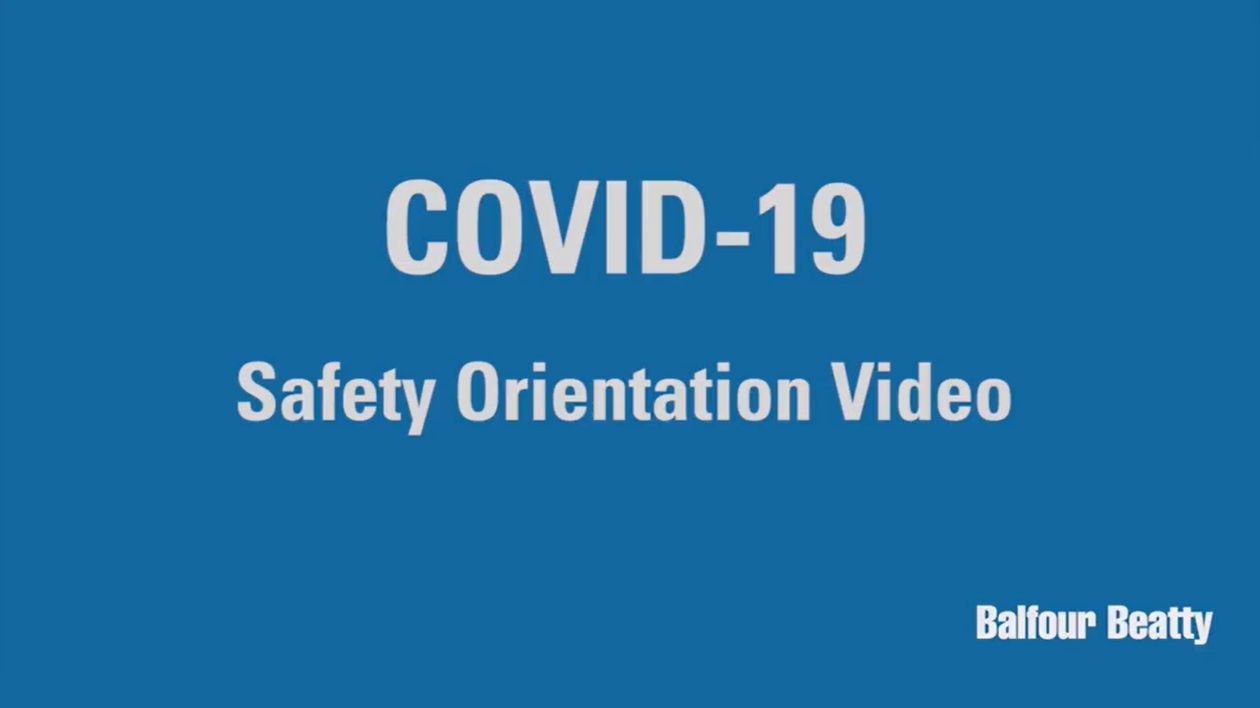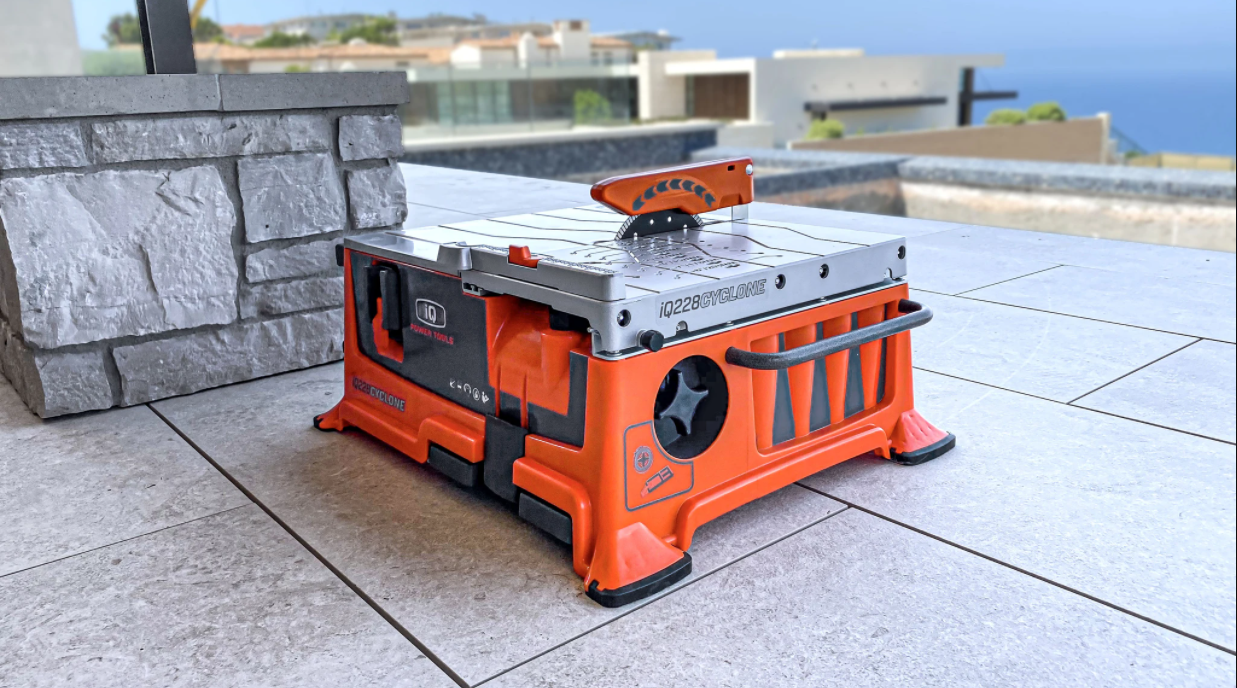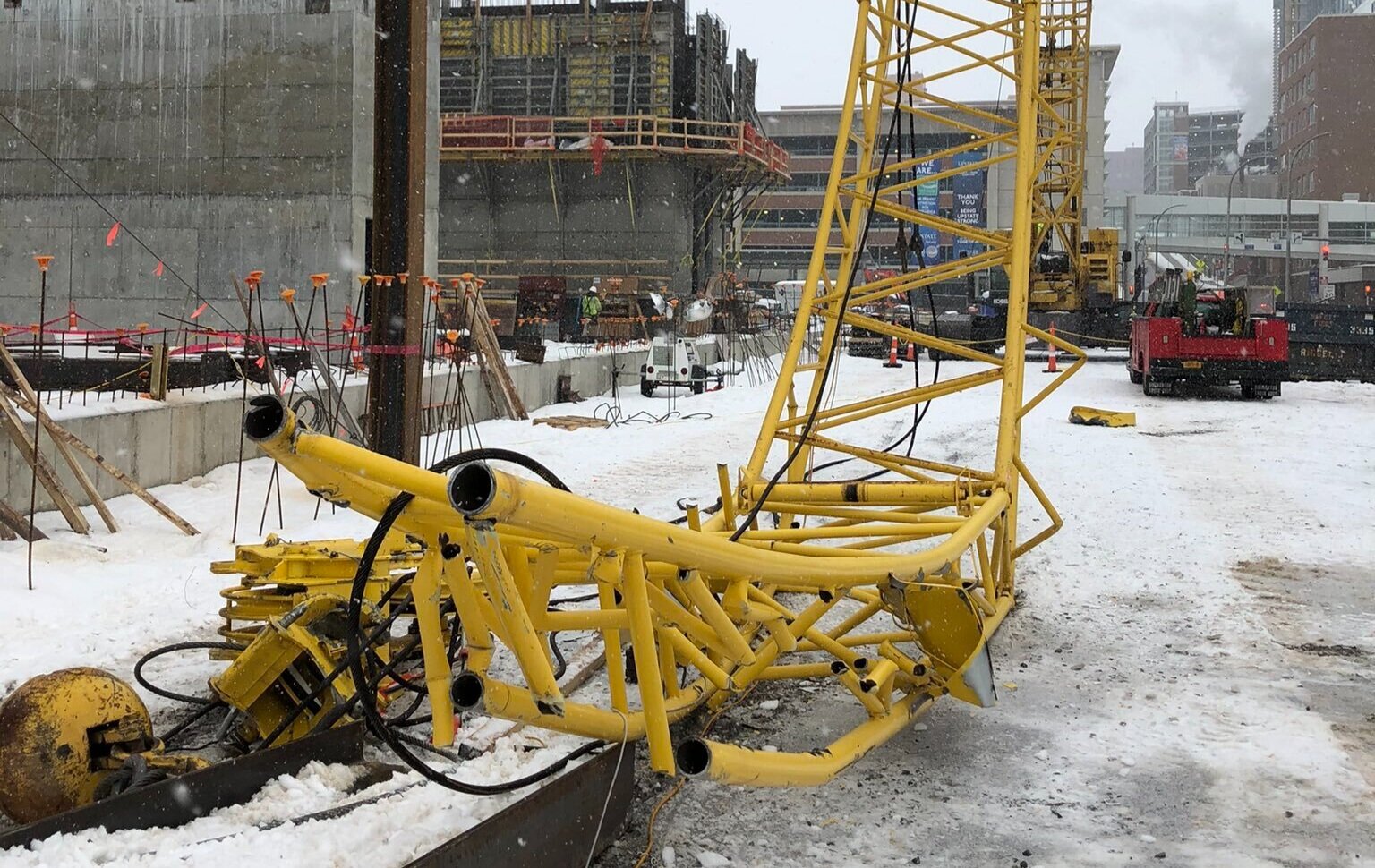Scaffolding is used on construction job sites every single day and can become a hazard if proper precautions are not taken. According to the Bureau of Labor Statistics, 54 fatalities occurred from scaffold related accidents in 2009 and 72% of those accidents were attributed to either the plank or support giving way. Roughly 4,500 additional workers are injured on a scaffold every year, as well.
To make it easier to train your crew and make scaffold safety a top priority on you jobs, we’ve compiled a list of scaffold safety related documents for your reference:
OSHA
- OSHA scaffolding eTool- contains a complete guide for all types of scaffolding
- OSHA scaffolding Powerpoint Presentation (download)
Tool Box Talks
- American Safety Consultants Scaffolding Tool Box Talk- sample layout of a pre-work meeting along with a sign in sheet
- JJ Keller Sample Scaffold Tool Box Talks- a complete guide for running scaffold safety tool box talks with topics ranging from access to erecting/dismantling to fall protection
Videos
- Scaffolding Safety- State Compensation Insurance Fund (15 minutes)
- Supported Scaffold Safety Basis- Crucible Safety Media (4 minutes)
- Scaffold Safety (Spanish)-National Safety Compliance (23 minutes)
What scaffold safety resources do you use? Let us know any we’ll add it to the guide!
[guest post] It’s a morbid statistic, but the construction industry experiences more workplace deaths than any other. With so many potential hazards, heavy-duty machinery, and power tools, it’s perhaps not surprising that serious accidents are relatively commonplace.
Even though we’re over a year into the COVID-19 pandemic, the virus is still threatening the health of construction’s workers and taking a toll on project timelines. It’s likely that your company has already determined the best course of action to help mitigate the risk of spreading the virus on your jobsites, but it’s never too late to learn from another contractor.
It’s been a little over a year since the coronavirus pandemic sent the entire world into a period of uncertainty, heartache, and panic. The construction industry itself has undertaken many different challenges, above and beyond keeping their people safe on the jobsite, many of which no one could have expected.
“You make a better door than a window!” is what I imagine loader operators constantly yell at the bucket in front of them (or maybe I’m just projecting based on my experience of having the habit of sitting right in front of the TV as a kid). Either way, operators may not be yelling that in the future, as equipment manufacturer, Doosan, has introduced what they claim is an industry first “transparent” bucket.
Reducing dust when cutting tile is important for many reasons (including safety and cleanliness), but wet tile saws can be a pain to use, with the slurry created spraying all around the work station and cold weather making the saw much more difficult to use outside. iQ Power Tools has a solution for that: the world’s first 7” portable dry table saw with integrated dust control.
In the construction industry, falls from height are continuously the leading cause of jobsite injuries, fatalities, and, as a result, OSHA citations. From May 3-May 7, OSHA invites construction employers and stakeholders to take part in their 8th annual National Safety Stand Down to Prevent Falls in Construction.
On Tuesday morning, February 23, the Syracuse Fire Department responded to a call about a collapsed crane on a construction site near the university. Thankfully, no injuries were reported.
It seems a little odd to be talking about air-conditioning when much of the United States hit some incredibly low temperatures in recent days, but a product that I learned about recently is just too exciting to ignore. Announced at CES 2021, a research company has unveiled an air-conditioned hard hat (ACHH) that can reduce the ambient temperature up to 22 degrees Fahrenheit!
2020 was a challenging year in many respects, but none greater than from a safety standpoint. The coronavirus pandemic placed the notion of “people over profits” under the microscope, while also balancing the needs of their employees to continue to make an income under difficult circumstances. While the pandemic was a large part of the construction safety conversation last year, there were several other developments to take note of for your projects in the future.











Last summer, Hilti announced that they had developed their first exoskeleton designed for construction tradespeople in a partnership with Ottobuck, a prosthetics, orthotics, and exoskeleton provider. Earlier this month, Hilti officially released the exoskeleton, announced more details, and published its retail price on their website.